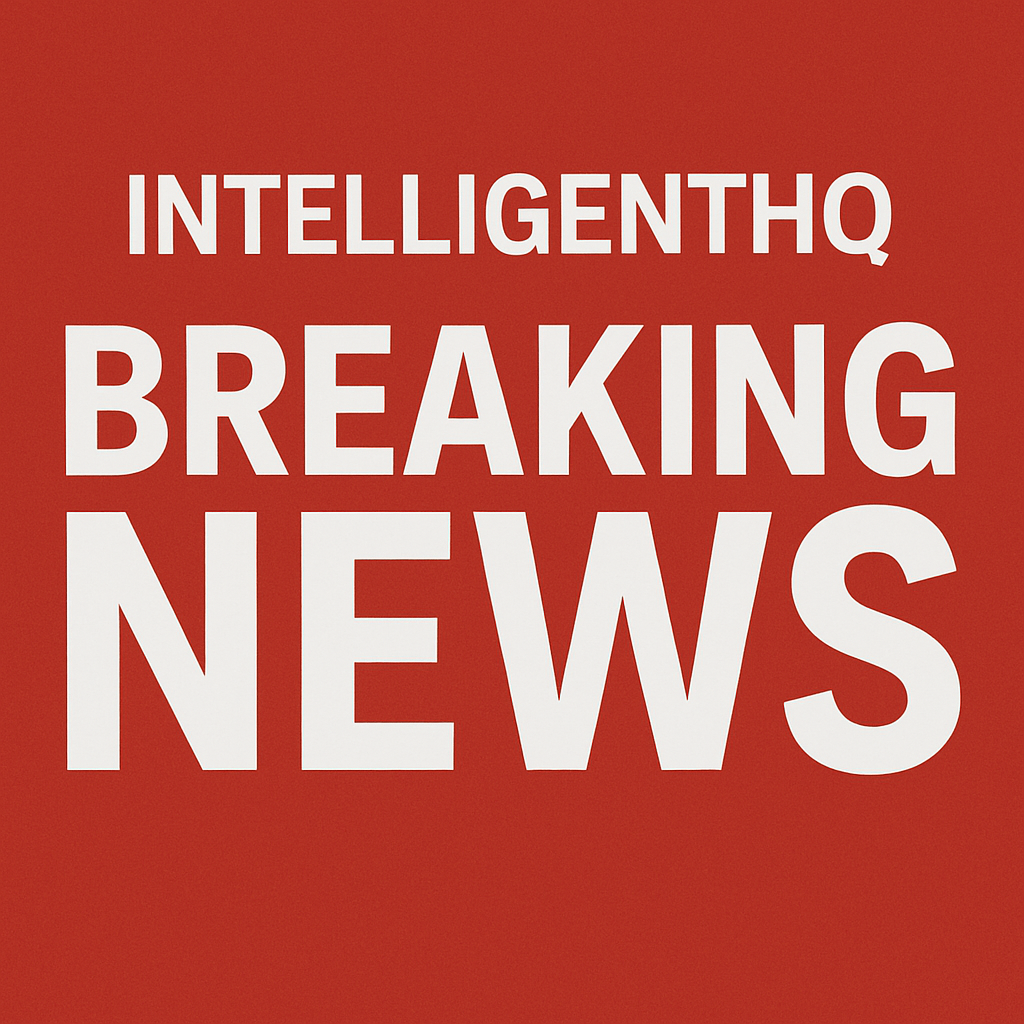On April 9, 2025, NATO’s Science & Technology Organization (STO) released a pivotal report outlining the major technology trends expected to influence defense and security over the next two decades. This comprehensive analysis highlights the evolving landscape of global competition and the critical role of advanced technologies in shaping military strategies.
Key Takeaways
- Evolving Competition Areas: Nations are increasingly competing in new domains, necessitating adaptive strategies.
- AI and Quantum Superiority: The race for advancements in artificial intelligence and quantum technologies is intensifying.
- Biotechnology Revolution: Innovations in biotechnology will pose new challenges and opportunities in defense.
- Resource Divide: Disparities in access to technology and resources will impact global security dynamics.
- Fragmenting Public Trust: Trust in institutions is declining, affecting public support for defense initiatives.
- Technology Integration and Dependencies: Increased reliance on technology will require careful management of dependencies.
The Future of Global Competition
The report emphasizes that as global strategic competition escalates, the integration of advanced technologies will redefine how nations engage with one another. NATO anticipates that artificial intelligence and quantum computing will be at the forefront of this transformation, fundamentally altering industries, particularly in defense and security.
The Role of Artificial Intelligence and Quantum Technologies
Artificial intelligence is expected to revolutionize decision-making processes, enhance operational efficiency, and improve predictive capabilities in military contexts. Similarly, quantum technologies promise breakthroughs in secure communications and data processing, which are crucial for maintaining a strategic edge.
Biotechnology and Its Implications
The report also highlights the biotechnology revolution, which is set to raise significant ethical and regulatory questions. Advances in synthetic biology could lead to new defense capabilities but also pose risks related to biosecurity and health regulations. NATO must navigate these challenges to ensure that innovations are harnessed responsibly.
Addressing the Resource Divide
As technology becomes increasingly central to national security, disparities in access to these advancements could create a resource divide among nations. This divide may exacerbate existing tensions and lead to new forms of conflict, making it imperative for NATO to foster collaboration and equitable access to technology among its member states.
The Importance of Public Trust
The report notes a concerning trend of fragmenting public trust in institutions, which could undermine support for defense initiatives. NATO leaders are urged to engage with communities and build transparency to restore confidence in defense strategies and operations.
Managing Technology Dependencies
As NATO and its allies become more reliant on advanced technologies, managing these dependencies will be crucial. The report calls for strategic foresight in technology integration to mitigate risks associated with over-reliance on specific systems or platforms.
Conclusion
Dr. Bryan Wells, NATO’s Chief Scientist, underscores the importance of these trends in empowering decision-makers within the Alliance. By investing in science and technology, NATO aims to enhance its resilience and readiness to confront future challenges. The insights from this report will guide NATO’s strategic planning and operational readiness for the coming decades, ensuring that the Alliance remains robust in the face of evolving threats.











